 Shutterstock
Shutterstock
Some dogs are eager to please, hanging on to their owners’ every word, waiting for the next command. And then some dogs listen, think about it, and decide they have better things to do. While intelligence often makes training easier, some breeds are too independent, stubborn, or mischievous to follow commands consistently. Training these dogs may be challenging, but that doesn’t mean they aren’t full of charm and personality. They have their ways of showing affection, often making their owners laugh with their unpredictable antics.
Afghan Hound
 Shutterstock
Shutterstock
The Afghan Hound is a breed that looks like royalty but behaves more like a rebellious teenager. Known for its elegant, flowing coat and graceful movement, this sighthound is also famous for its independent nature. Afghan Hounds were bred to hunt alone, meaning they’re used to making their own decisions rather than relying on human commands. While they understand what you’re asking them to do, it is another story whether they choose to obey. Training requires extreme patience, consistency, and a good sense of humor, as they can be prone to selective hearing. On the plus side, the Afghan Hound is the perfect choice if you ever need a dog that can ignore you with style.
Basenji
 Shutterstock
Shutterstock
Often called the “barkless dog,” the Basenji could also be called the “does whatever it wants a dog.” This breed is highly intelligent but fiercely independent, meaning they don’t see the point of obeying commands unless there’s something in it for them. Originally bred for hunting in Africa, Basenjis have a strong prey drive and a mind of their own. If you leave them off-leash, don’t expect them to return anytime soon—they have places to be and adventures to chase. Training a Basenji requires a creative approach, as they get bored easily and will walk away if they’re not entertained. Their mischievous nature makes them both a challenge and a joy, keeping their owners constantly on their toes.
Beagle
 Shutterstock
Shutterstock
Beagles are adorable, affectionate, and full of energy—but they are also ruled by their noses. Originally bred as scent hounds, Beagles will follow a smell to the ends of the Earth, completely ignoring any commands. Once they catch an interesting scent, they enter their own little world where training cues mean nothing. They are also incredibly food-motivated, which can be both a blessing and a curse—while treats can be an effective training tool, they will also do whatever it takes to steal food from the counter. Training a Beagle requires patience, positive reinforcement, and the ability to outsmart their endless curiosity. They may be stubborn, but their affectionate nature and adorable expressions make them impossible to resist.
Chow Chow
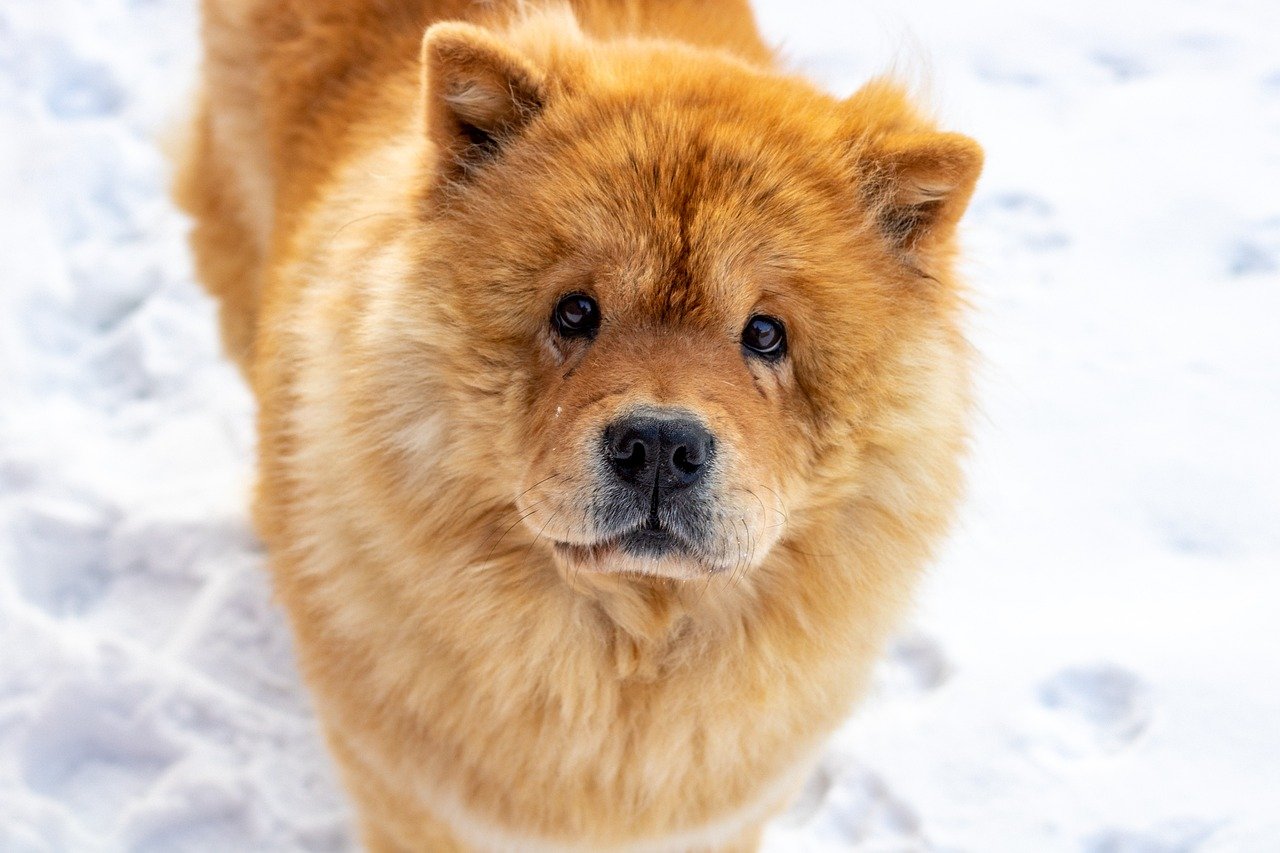 Shutterstock
Shutterstock
The Chow Chow looks like a giant teddy bear, but don’t let the fluff fool you—this breed is as stubborn as they come. Known for their aloof and independent nature, Chow Chows tend to view training as optional. They are highly intelligent but prefer to do things their own way, often ignoring commands if they don’t see the point. They can also be territorial and strong-willed, making early socialization and training essential. Owners must establish themselves as confident leaders using positive reinforcement techniques, as harsh training will only make them more defiant. Despite their training challenges, Chow Chows form strong bonds with their families and make devoted, if somewhat opinionated, companions.
Dalmatian
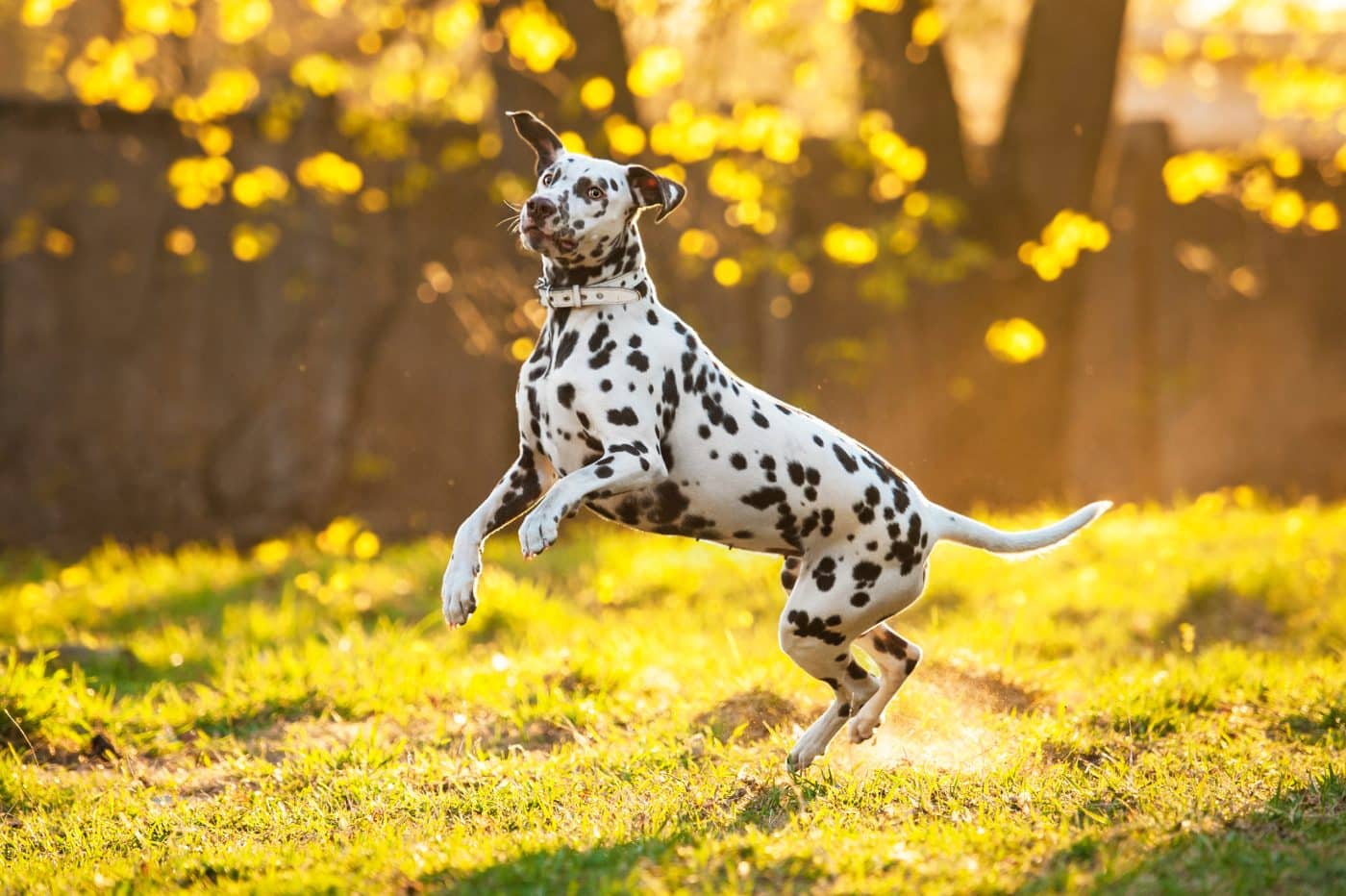 Shutterstock
Shutterstock
Dalmatians are energetic, intelligent, and absolutely full of personality—but training them is not for the faint of heart. These spotted wonders have a mind of their own and a mischievous streak that keeps their owners on their toes. Originally bred as carriage dogs, they have a strong protective instinct and boundless energy that can sometimes make them difficult to manage. Their stubbornness means they require firm, consistent training; they will take full advantage if they sense weakness. They also have a tendency to be overly enthusiastic, often forgetting their size and strength. With the right approach, they can be trained, but they’ll make sure you work for it.
Siberian Husky
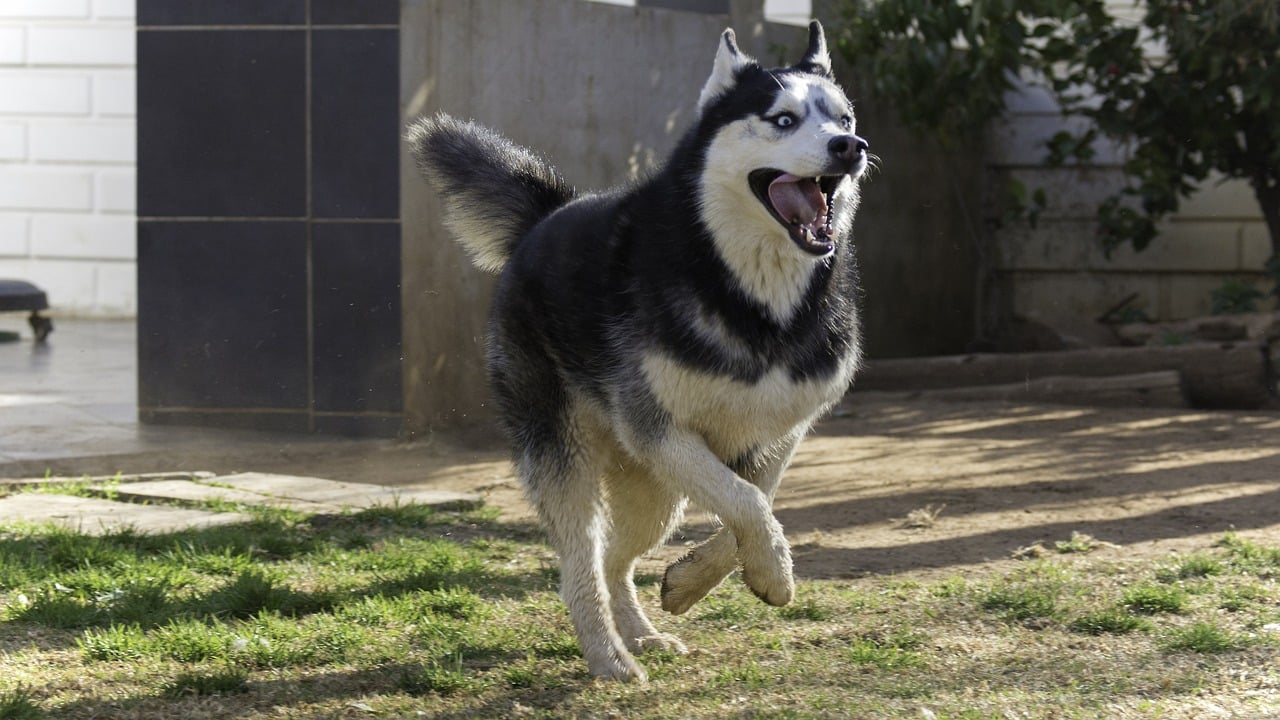 Shutterstock
Shutterstock
Siberian Huskies are intelligent, beautiful, and full of mischief. Bred to pull sleds over long distances, they are highly independent and have an endless energy supply. They are notorious escape artists, capable of jumping fences, digging under enclosures, and slipping out of harnesses with Houdini-like skills. Huskies respond best to training when turned into a game, but if they get bored, they ignore commands. Their strong-willed nature requires firm leadership and plenty of mental stimulation to keep them engaged. While training them can be frustrating, their playful and affectionate personalities make them worthwhile.
Jack Russell Terrier
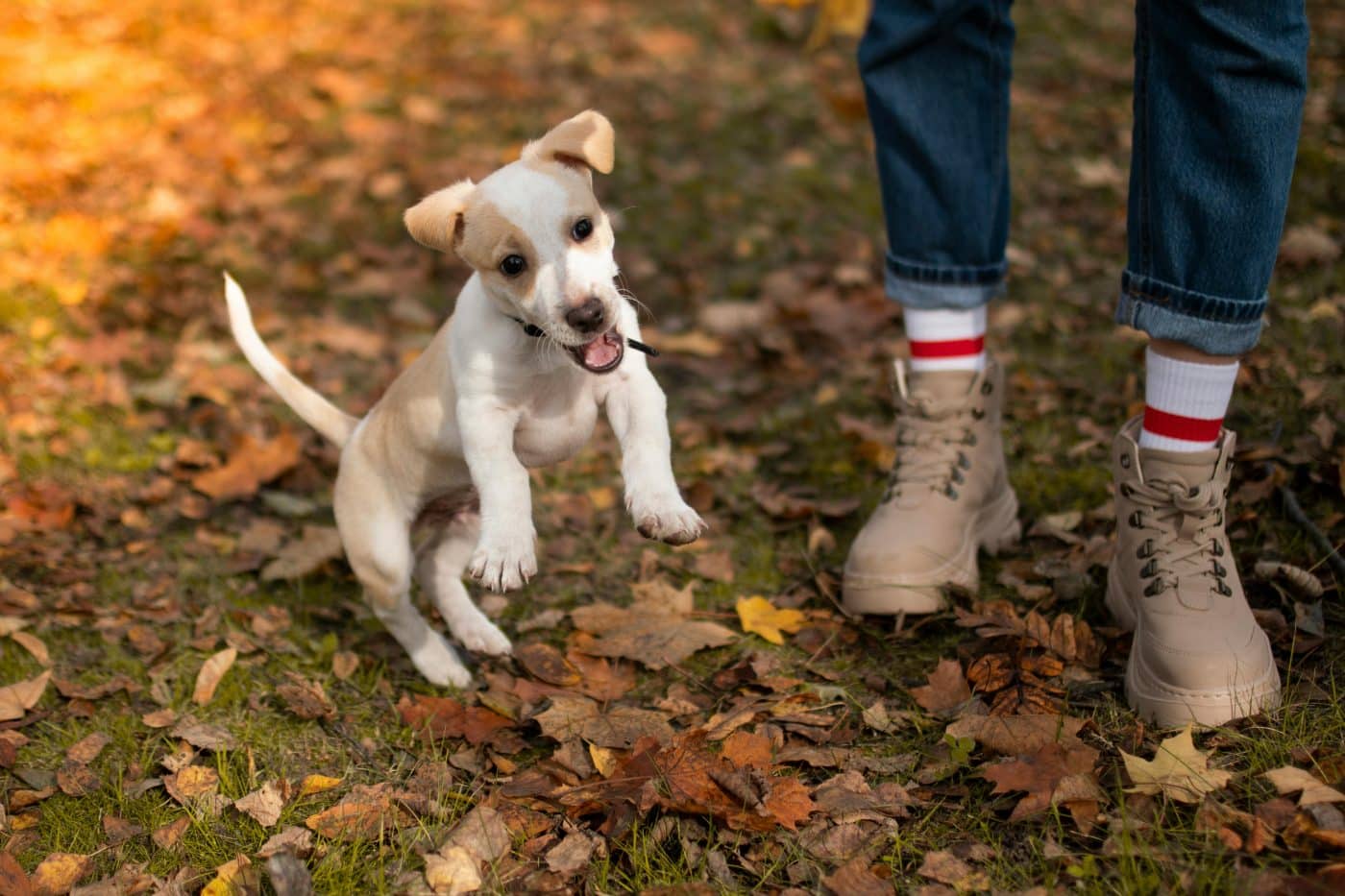 Shutterstock
Shutterstock
Jack Russell Terriers may be small, but they have the confidence and stubbornness of a dog ten times their size. Originally bred for fox hunting, these little dynamos have endless energy and an independent streak that makes training challenging. They are highly intelligent but easily distracted, often deciding that chasing a squirrel is more important than listening to their owner. Jack Russells requires consistent training, lots of exercise, and a firm but positive approach. If you don’t keep them mentally and physically stimulated, they will find their own ways to entertain themselves—often in ways that aren’t ideal for your furniture.
Scottish Terrier
 Shutterstock
Shutterstock
Scottish Terriers, or “Scotties,” are small dogs with big attitudes. They are fiercely independent and strong-willed, making training an uphill battle. Originally bred for hunting vermin, Scotties have a natural stubbornness, which means they prefer to do things their way. They respond best to training that is short, engaging, and full of rewards—otherwise, they may decide that listening is simply beneath them. Their serious expressions and dignified demeanor make them seem like tiny royalty, and they expect to be treated as such. Despite their challenges, their loyalty and bold personality make them beloved companions.
Basset Hound
 Shutterstock
Shutterstock
Basset Hounds are lovable, laid-back, and completely ruled by their noses. Once they catch a scent, they become laser-focused, ignoring everything—including their owner’s commands. Their slow-moving, droopy-eyed appearance might make them seem easygoing, but their stubborn streak is legendary. Training a Basset requires patience, consistency, and a very convincing reason for them to listen (usually food). Their deep, booming bark can make them seem serious, but they’re goofy and affectionate dogs that know how to get their way.
Pekingese
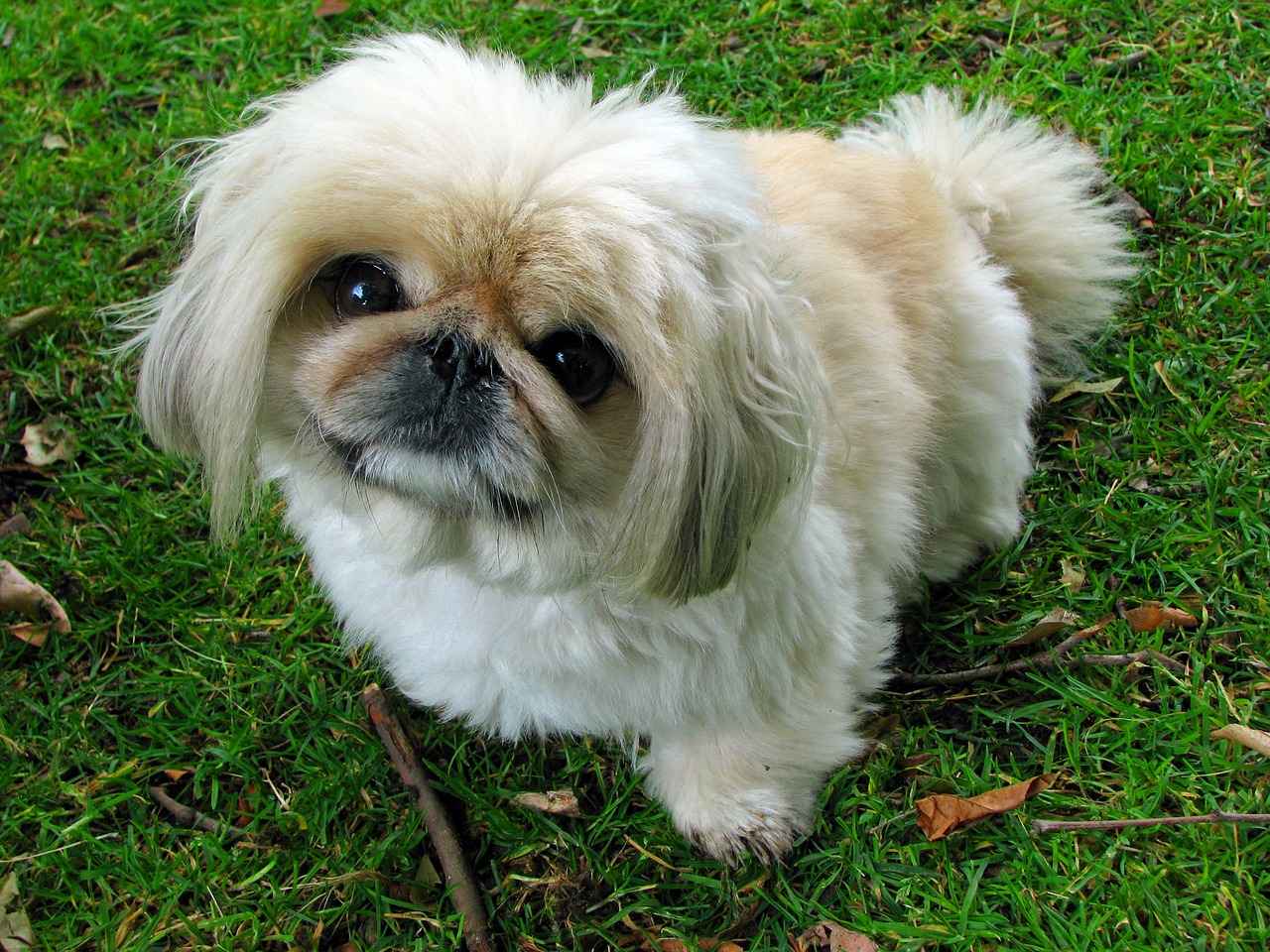 Shutterstock
Shutterstock
Pekingese dogs may be small, but they have the confidence of a lion. Originally bred for Chinese royalty, these tiny fluffballs still carry themselves with an air of entitlement. They are independent and often prefer doing things on their own terms, which makes training challenging. They can be affectionate with their families but will ignore commands if they don’t feel like listening. Owners need to use positive reinforcement and a lot of patience to get Pekingese to cooperate. On the bright side, they’re so small that you can always pick them up even when they refuse to move.
Shiba Inu
 Shutterstock
Shutterstock
The Shiba Inu is a small dog with a big attitude and an even bigger independent streak. This breed is highly intelligent but famously stubborn, often deciding that listening to commands is optional. Originally bred for hunting in Japan, Shibas have a strong prey drive and a mind of their own, making recall training particularly difficult. They are known for their “Shiba scream” when displeased, which can make training sessions quite dramatic. While they can learn commands quickly, they will only follow them if they see a good reason to do so. Their strong-willed nature makes them challenging to train, but their fox-like charm and playful personality make them irresistible companions.
The Stubborn But Loveable Club
 Shutterstock
Shutterstock
These dogs may be hard to train, but that’s part of what makes them so entertaining. Their independent streaks, mischievous behavior and occasional refusal to listen keep their owners on their toes. Training them requires patience, creativity, and a good sense of humor, but the rewards are worth it. They may not always follow the rules, but their charm and lovable personalities make up for it. If you want a dog that will keep you laughing—even when they’re ignoring your commands—one of these breeds might be your perfect match!
 Toledo, United States.
Toledo, United States.
